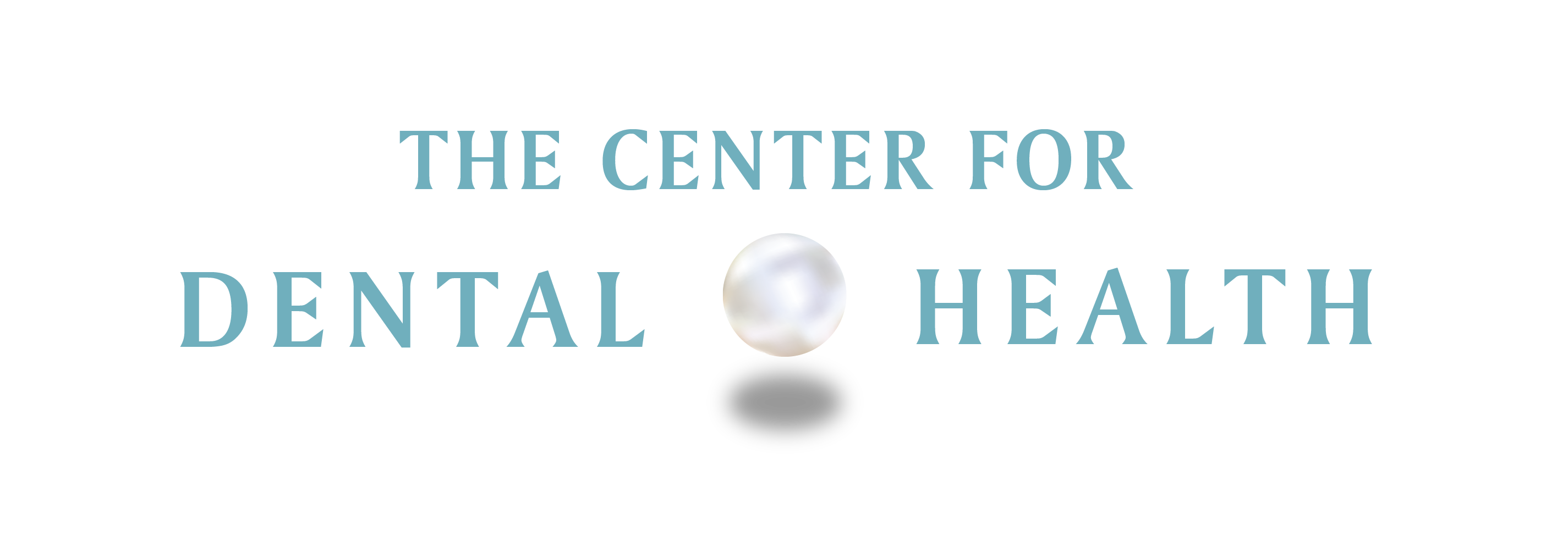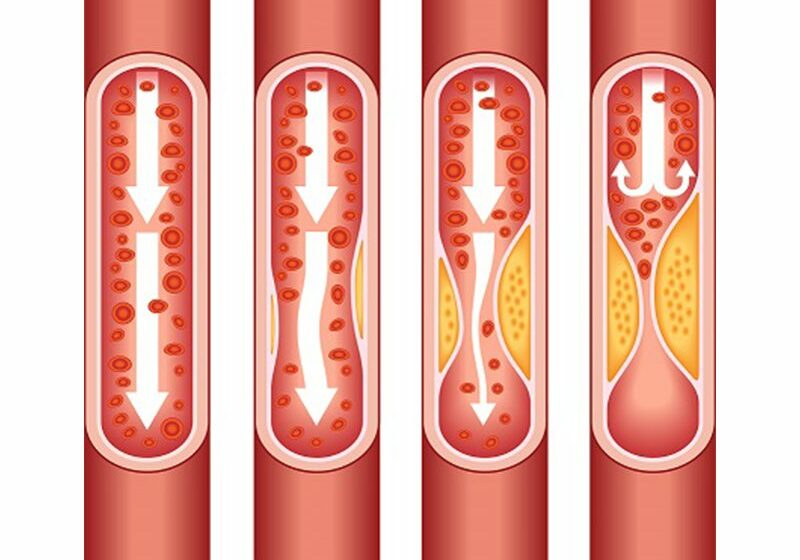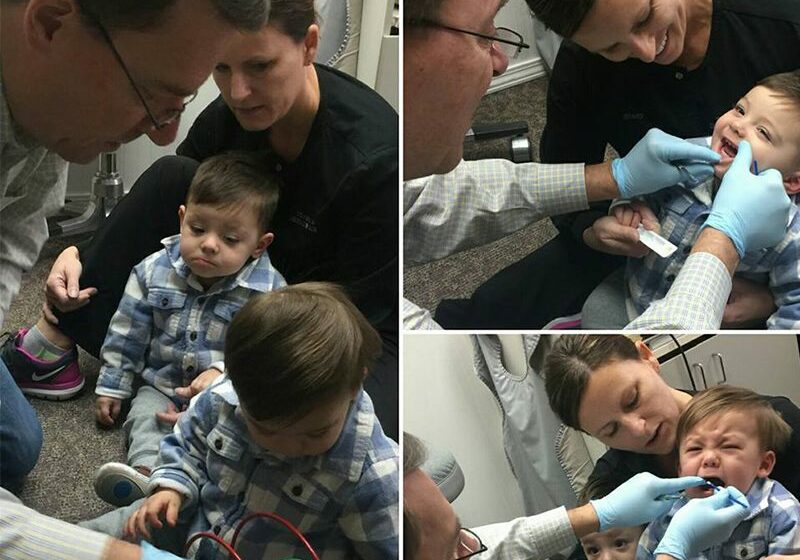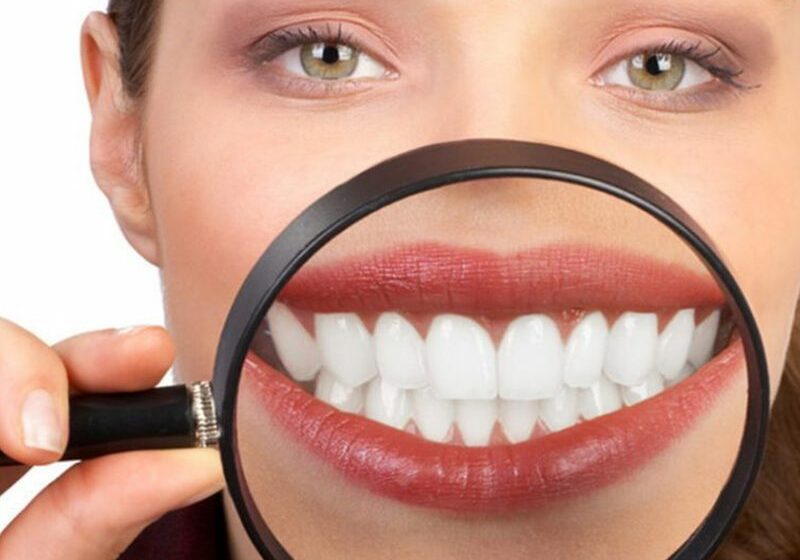The Truth About Bedwetting!
Dr. Lee Ostler
Dec 17, 2016
[Introductory Note: If your growing child or adolescent (or teenager) is still wetting their bed, or is ADD-hyperactive, or has nightmares and restless sleep, or inexplicably ‘acts-out’, or doesn’t do well in school – please read this vital information. Become knowledgeable and then look at all this as their way of pleading for help! Help which you can now give them.]
If you’re a parent, one of the more frustrating parts of raising kids is bedwetting. Diapers and pull-ups pretty much take care of any concern until somewhere age 2 or 3, plus/minus. Up ‘till then it’s pretty expected that bladder control during the night isn’t going to happen. Welcome to raising kids!
But what about later? What about bedwetting that continues up through age 5, 8, 10 or beyond?
Any Google or Bing (re)search will provide you with numerous ideas and solutions, along with some sage advice of how to handle it, best ways to clean the mattresses, and how to protect fragile egos and so forth.
There’s also a lot of information on what causes bedwetting, how to ‘cure’ it, and when it needs medical intervention. The problem is that there isn’t a single medical test that pinpoints the actual cause of “nocturnal enuresis” (the medical term). But there are a lot of opinions. Some good, and some not so good!
Some sources you will find are heavy on the idea that the problem is linked with mental disorders (such as stress, anxiety, depression, neurosis, bipolar and panic disorders). While some children with mental health issues may also experience enuresis, bedwetting itself isn’t a condition of mental illness. Obviously, kidney and bladder health are also of concern. As to this latter point, while it’s possible, it isn’t likely that an ongoing bedwetting problem is due to a persistent bladder or kidney infection, especially in the absence of other urinary tract symptoms (pain, fever, etc.).
While having an “immature bladder” (i.e. anatomically small) is another idea offered, how does one determine this at such an early age in life? To ‘write it off’ as an anatomical condition, means that time is the treatment and that there isn’t anything that can be done about it. This short-changes the child and misses what is the more likely cause and solution.
What is the predominantly more likely explanation?
In my opinion and that of a growing number of experts in childhood growth and mid-face development, childhood sleep apnea is the leading cause for ongoing bedwetting. Difficulty breathing makes the body and brain work harder for oxygen, and decreased oxygen levels in the body increases physiological stress and lessens the control the brain has over other body functions such as bladder control. (We see the same thing happening in adult sleep apnea, but with a few important twists and turns – a subject for another blog post).
The bottom line is that IF there is a bedwetting problem AND especially if there are signs and symptoms of airway issues, it is not advisable to first turn to medication, counseling, or the like – without first looking at and considering childhood Sleep Disordered Breathing (SDB). [See the link below for an excellent video Primer for Parents on this topic.]
For many it’s surprising to think that a cause and solution for bedwetting exists in the arena of the mouth. But the basis for this lays in the growth and development of the midface and now the mouth and tongue are ‘postured’.
Mouth breathing is a sure sign that there is an inadequate nasal airway. When the mouth is open the tongue is not swallowing properly or being used to shape the roof-of-the-mouth and widen the palate which develops the airway (and makes for straight teeth and normal jaw development).
The visible signs and symptoms which you can use to screen for this situation, are:
- Mouth breathing (awake or sleep)
- Tongue thrust
- Lisp – speech problems
- Bedwetting
- ADD/ADHD – hyperactivity
- Trouble at school (academics & friends)
- Night mares / night-terrors
- Headaches
- Crooked teeth or ‘bad’ dental bite
- Strained lips/chin muscles while swallowing
Finally – make sure you do not “fault” your child. It really isn’t their fault that they are not breathing right, or going through normal growth and development of their mouth/nose/jaws.
Lack of nursing and dependence on bottle-feeding was probably the first mistake upstream that didn’t allow the tongue to develop strong muscles and correct swallowing patterns. Pacifier and thumb-sucking use (‘non-nutritive sucking’) may have furthered the problems, along with inherited growth patterns, infections (ear and tonsils), nasal swelling … all of which further compromise the open airway needed for good breathing, oxygen saturation and healthy living.
What’s the treatment? Again – in most cases we look to the mouth. The objective is to get the tongue working properly to be the force it is supposed to be that develops the midface and airway. This is usually best accomplished in earlier years using an orthotic appliance worn in the mouth during sleep that forces the tongue into the proper position and retrains the tongue in correct swallowing patterns. This is what develops the mid-face, airway and straight teeth.
Orthodontic treatment later may still be required, but getting the tongue working for the child is the first and foremost concern. Time is ticking, and is of the essence!
With this understanding, and especially with positive hits on the ‘signs and symptoms’ checklist, does it make sense to turn first to medications, surgeries, counseling (or even shaming the child or using behavior modification methods) – before making sure that the child is getting enough air while they sleep? And that their tongue is exercising and swallowing properly – and mid-face development is on track?
If your child is breathing through their mouth, bedwetting, or has any of the signs and symptoms of hyperactivity, I strongly recommend calling my office. Become educated yourself and more knowledgeable about childhood sleep apnea, facial growth and development.
Click here to view a great 30 minute video – a Primer for Parents on the cause, effect and treatment for these problems.












